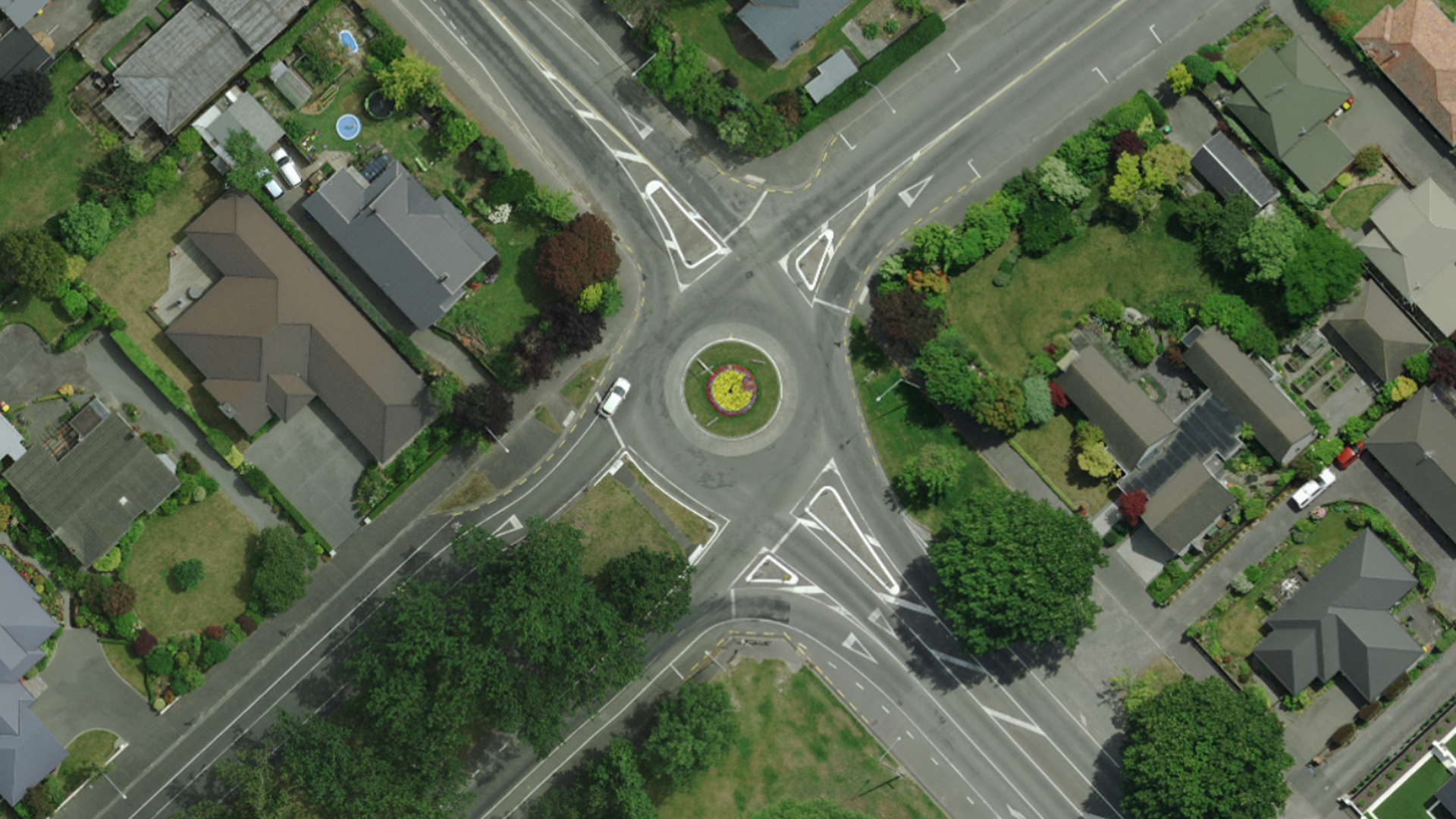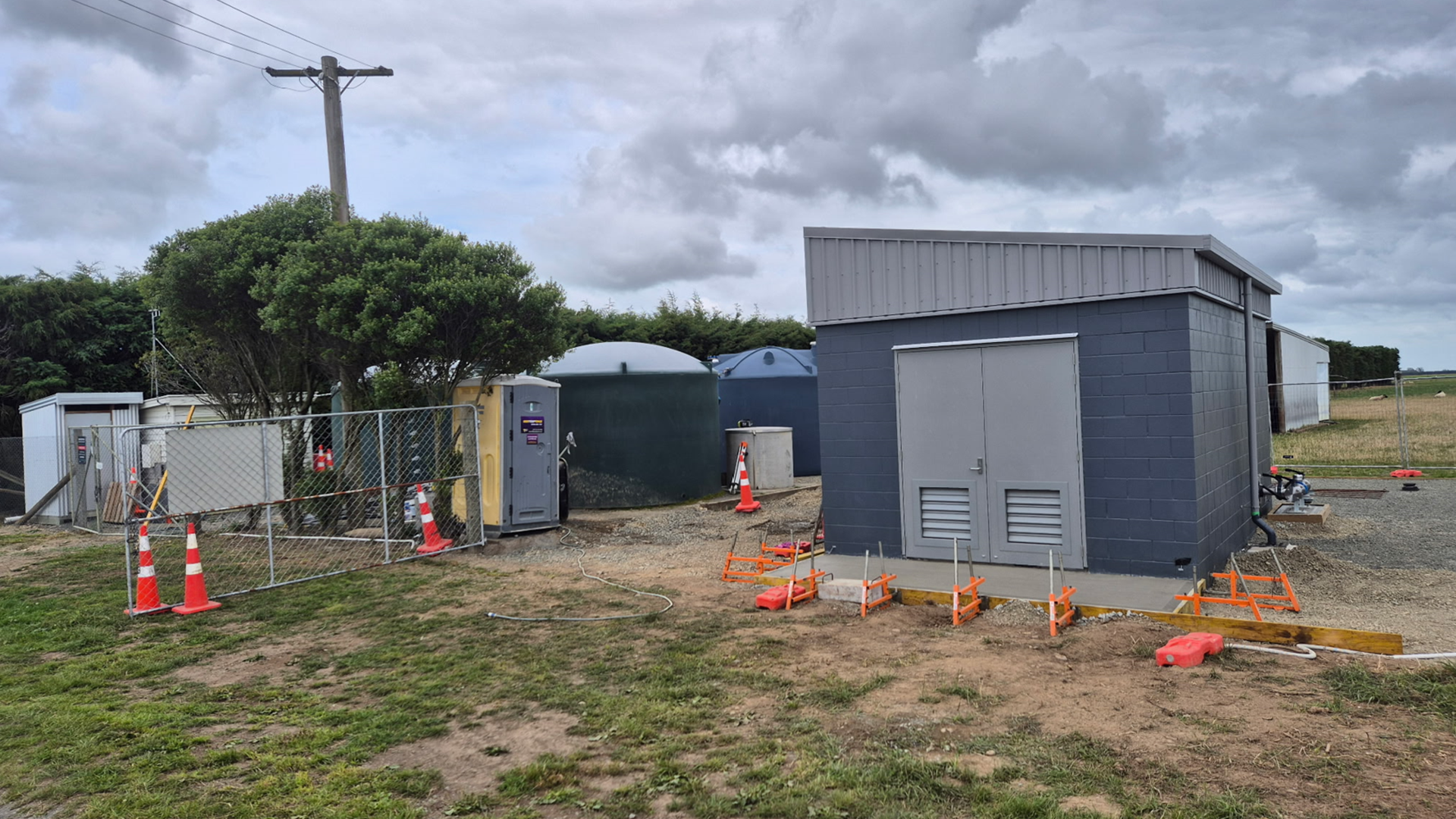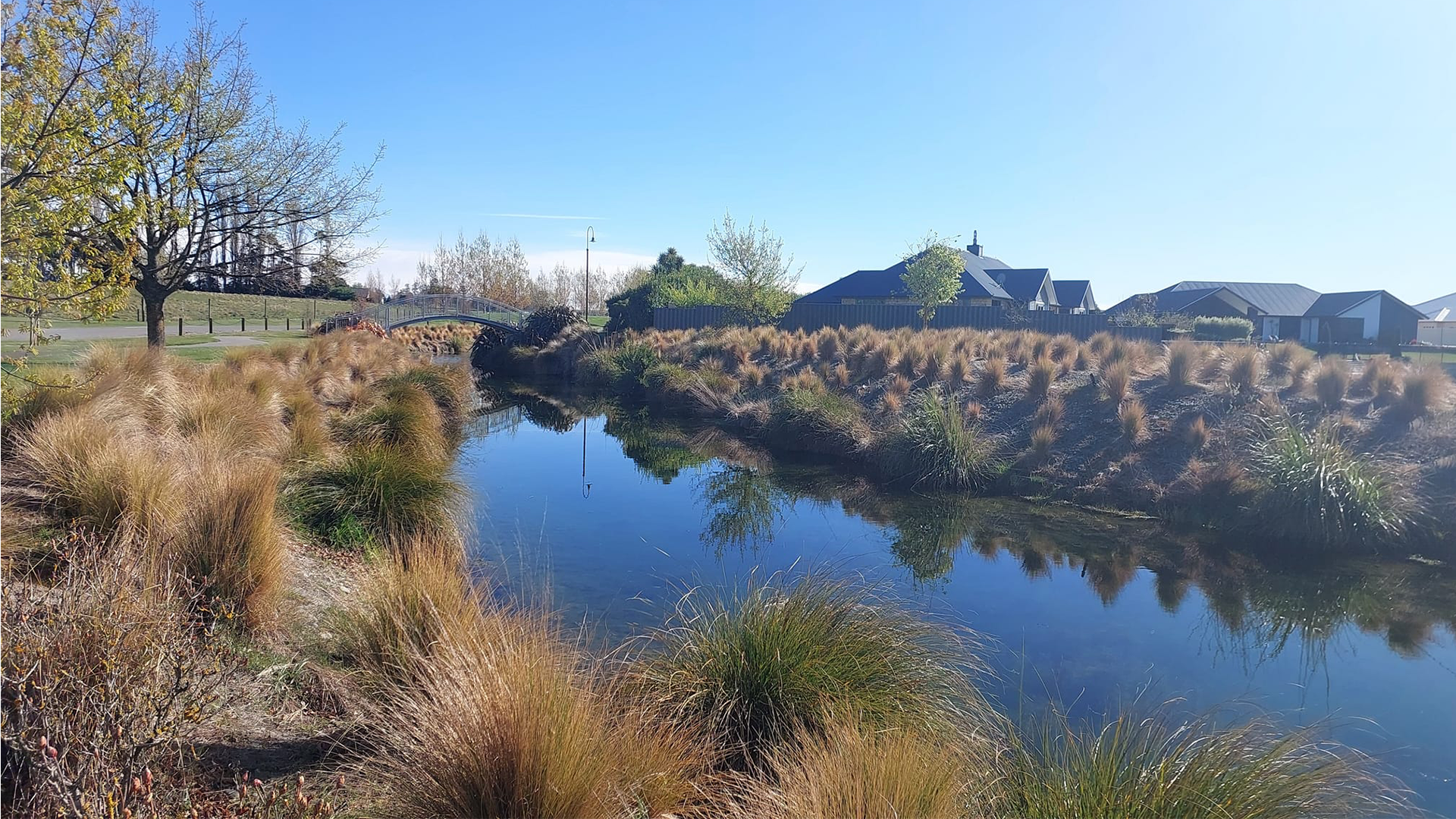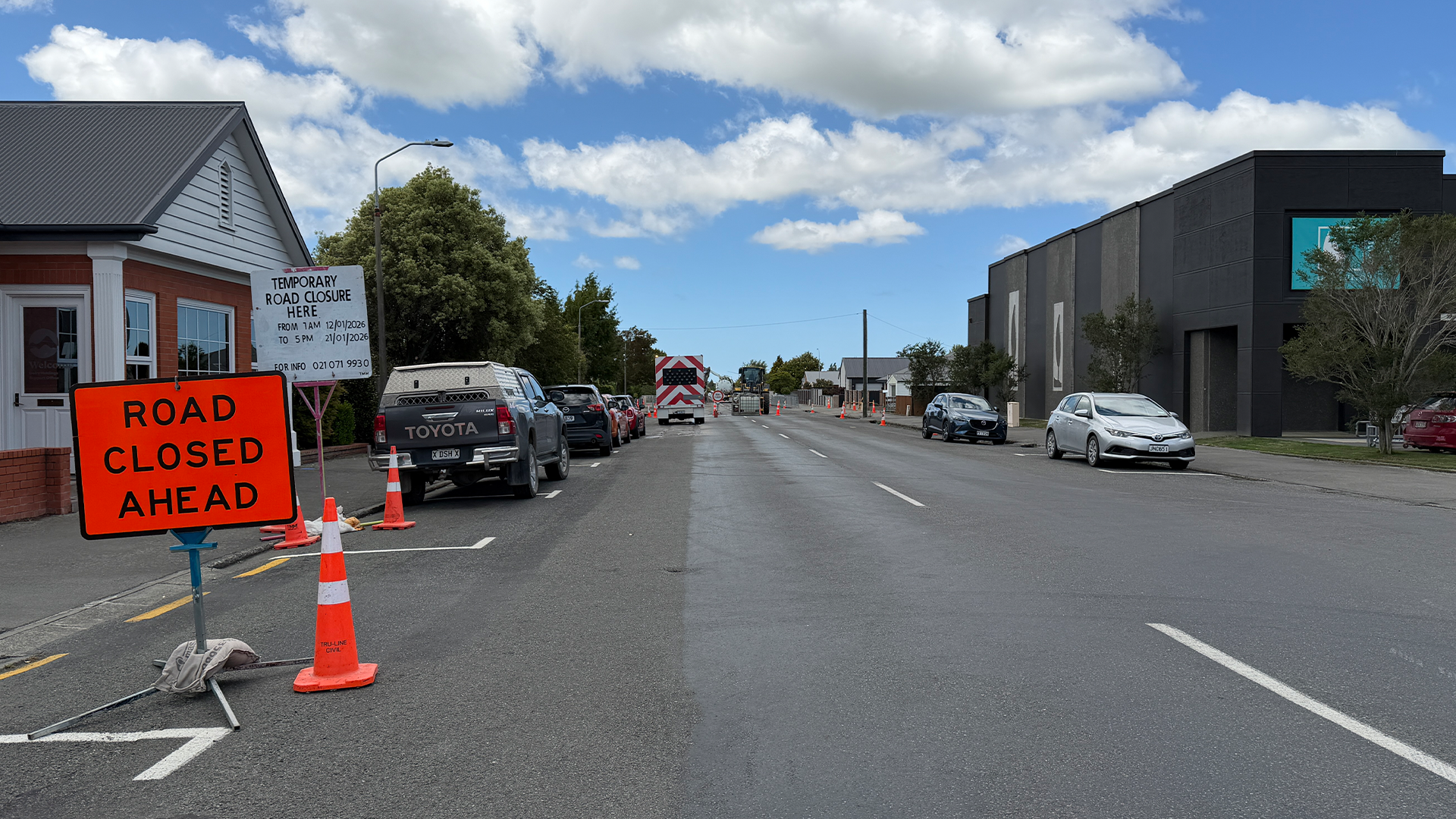Get Ready: The secrets of sandbags
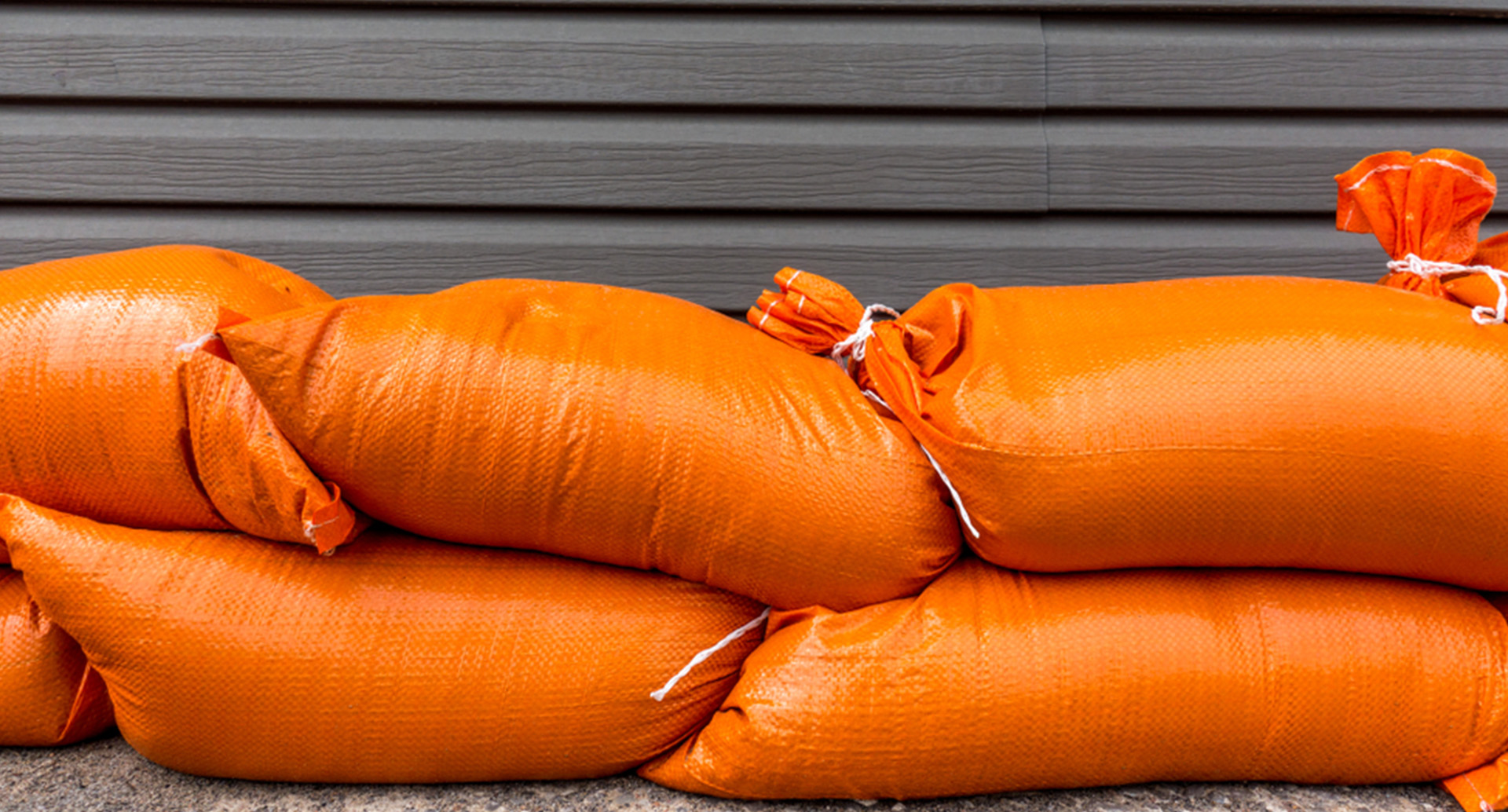
Get Ready with Emergency Management Officer Jim Henderson
Given that we recently experienced a short, heavy bout of rain that caused surface flooding in some areas of the district, I thought it would be timely to discuss sandbags.
Sandbags are certainly useful, but they do have limitations. They require time and effort to fill and place, and for this reason are most effective when used in advance of an event; in short and sharp events, they might be of little use.
Sandbags are not 100% waterproof; water will slowly seep through. They are effective at directing water away from doorways and other key areas, rather than keeping it out completely.
When an emergency happens, Civil Defence, Council and emergency services will be focused on preserving life and protecting key infrastructure such as roads, water and sewage. It’s unlikely we’ll be able to assist with sandbagging individual properties.
It’s the responsibility of property owners to take appropriate action to protect their property from flooding, and at the risk of sounding like a broken record, being prepared before an emergency happens is key. So, what are your options?
Sandbags are widely available for purchase from hardware stores but will quickly sell out during an event. The most affordable option are polypropylene sandbags which can be found in packs of 10 and cost less than $2 each bag. These come packed flat and will need to be filled before use.
Another option is sandless flood barriers which can be found locally at Mitre 10. These are filled with a powder that swells when wet. They’re a bit pricier but come with the convenience of not needing to be filled before use.
Both types can be reused if dried and stored properly, but wet sandbags will rot or deteriorate quickly.
In a pinch, you can also create your own sandbags with old pillowcases, plastic rubbish bags, or any other bag that will help to keep the fill together. Well-fastened PVC sheeting can help provide flood protection to doorways. Fill sandbags with sand if possible, or heavy garden soil. Avoid rocky soil as that will let water through easily.
Civil Defence does not have a stock of sandbags, however in a large event we may make sandbag stations available through local contractors, such as ACL. In these cases, be prepared to fill and transport your own bags, and dispose of the bags after their use - we do not provide a “pick up” service.
For more advice about being prepared in an emergency, visit getready.govt.nz
This column was first published in the Ashburton Courier in November 2023
Share this article
Latest News
Extra NZTA funds for local roads
Short shutdown planned for Dromore water supply
Chief Executive: Shaping up for the new year
Rakaia salmon sculpture takes on fresh sparkle
Health warning issued for Lake Hood
Road Closures
FITZGERALD ROAD - SEASIDE ROAD
from 15 Mar 8:00 to 15 Mar 20:00
WILKINS ROAD
from 20 Apr 6:00 to 30 Jul 18:00
CHALMERS AVENUE/SOUTH STREET INTERSECTION CLOSURE
from 10 Mar 6:00 to 30 Aug 18:00
EALING MONTALTO ROAD
from 26 Jan 7:00 to 6 Mar 18:00
FAIRFIELD ROAD
from 26 Jan 7:00 to 31 Mar 18:00
View all Road Closures | Live map
